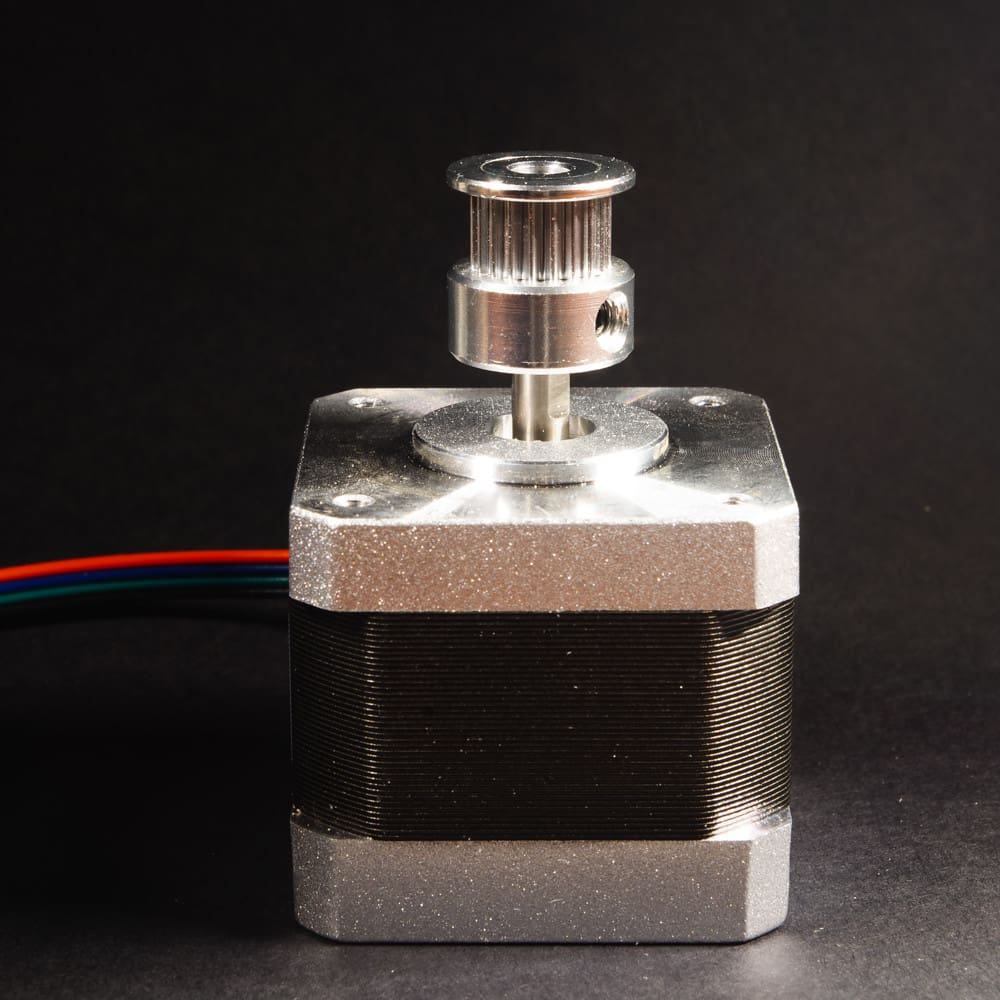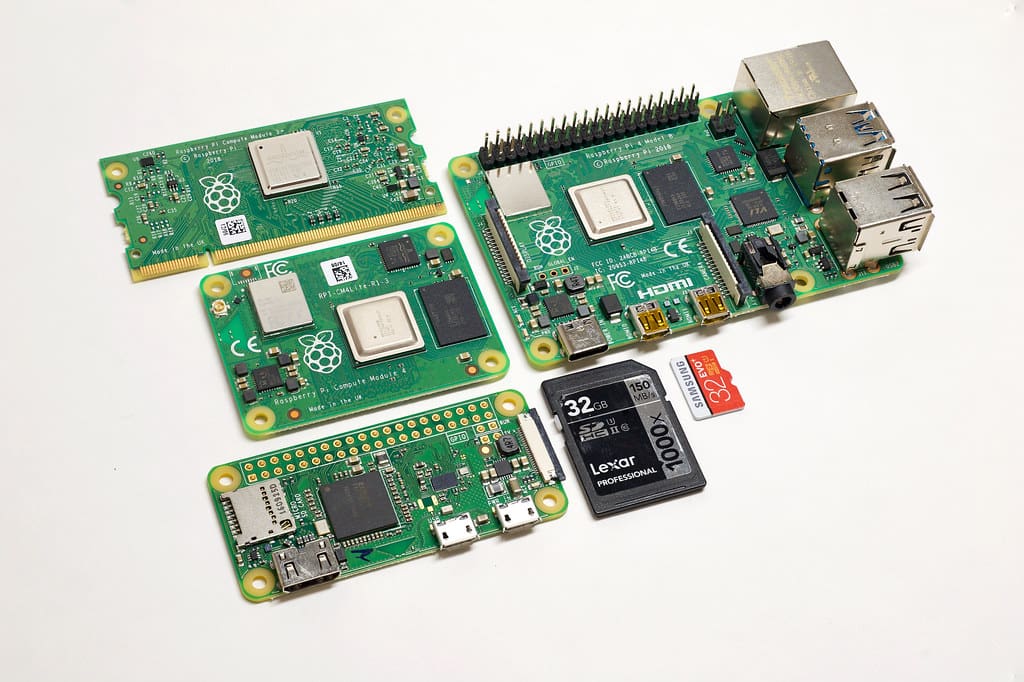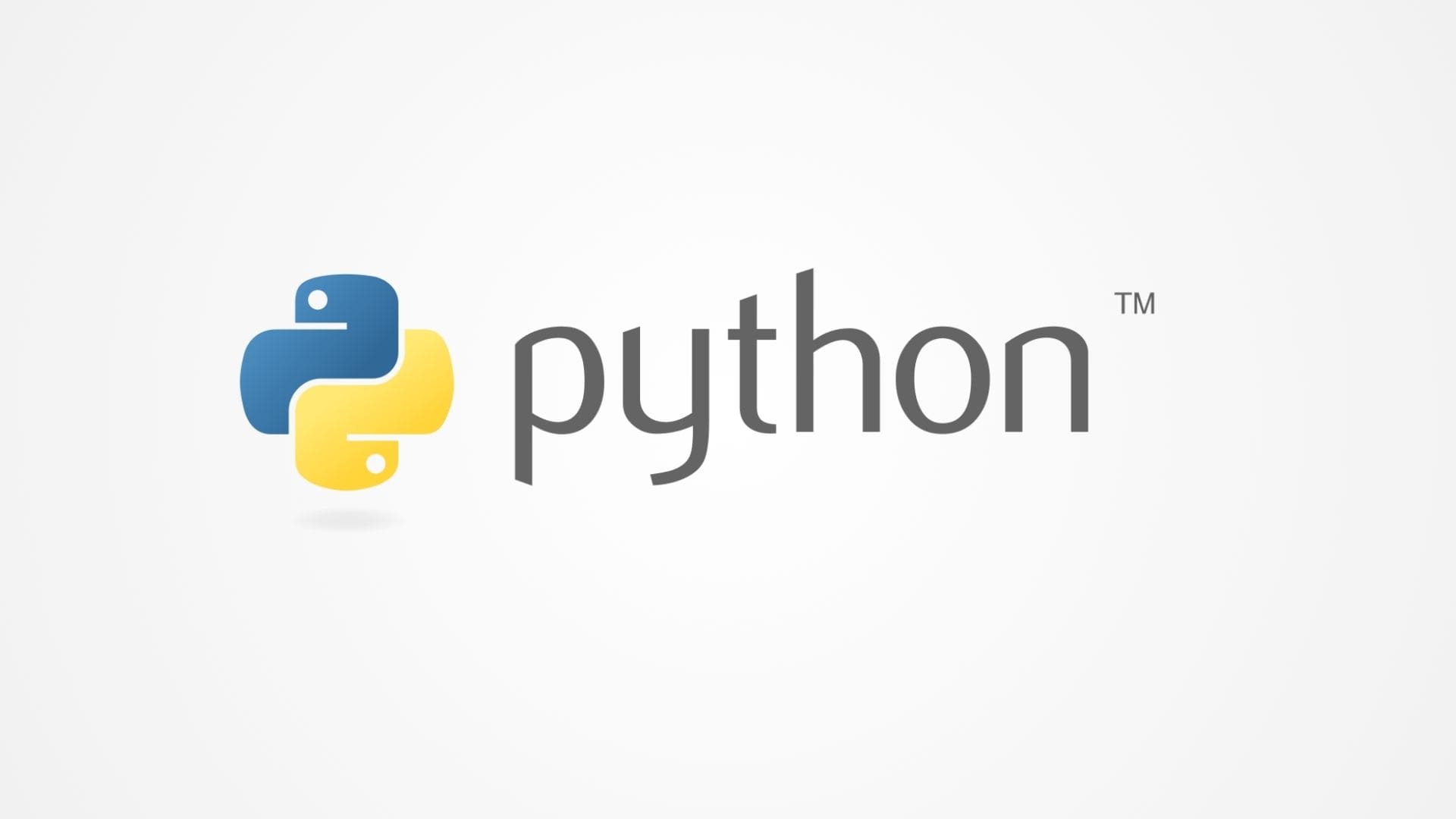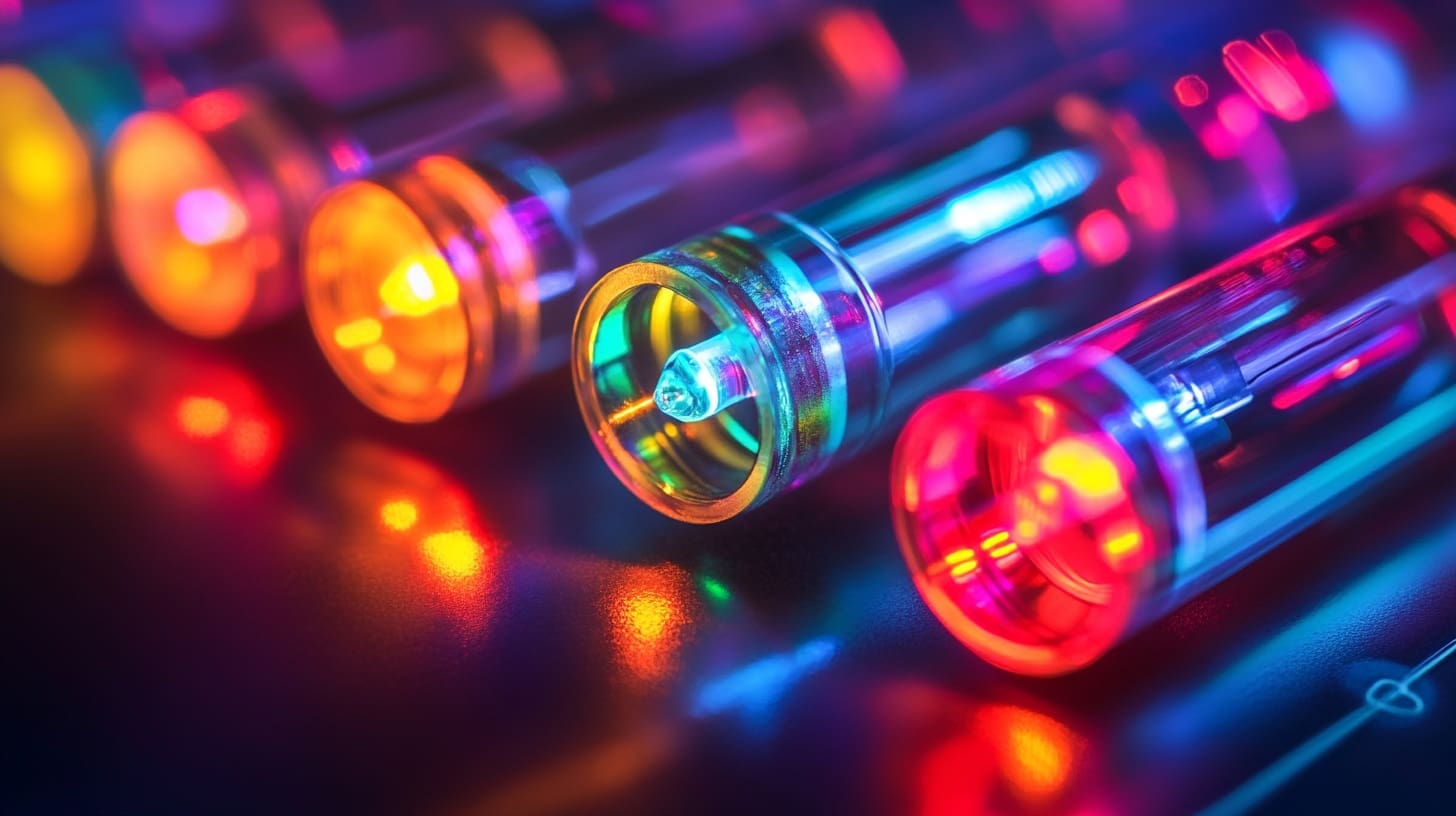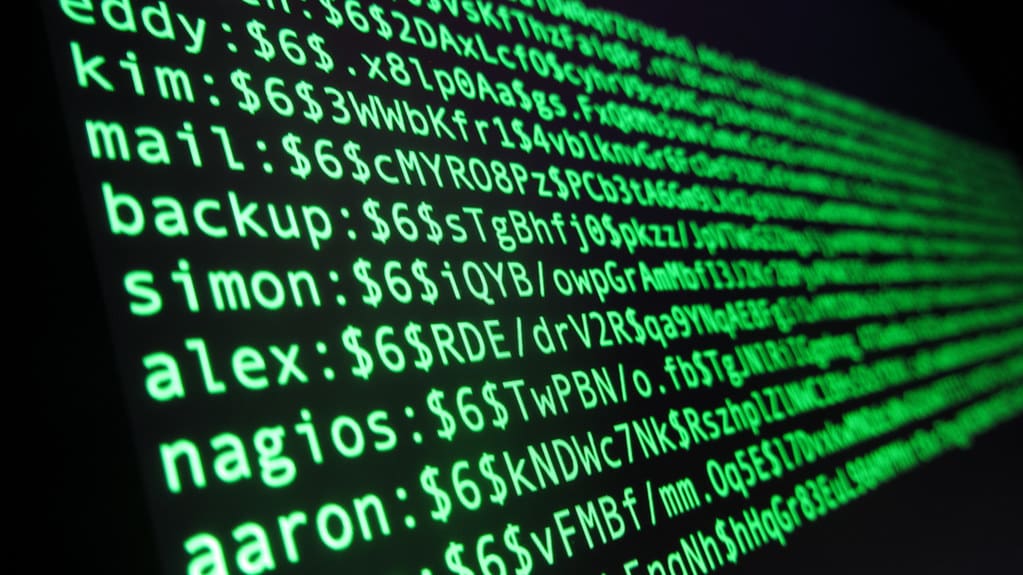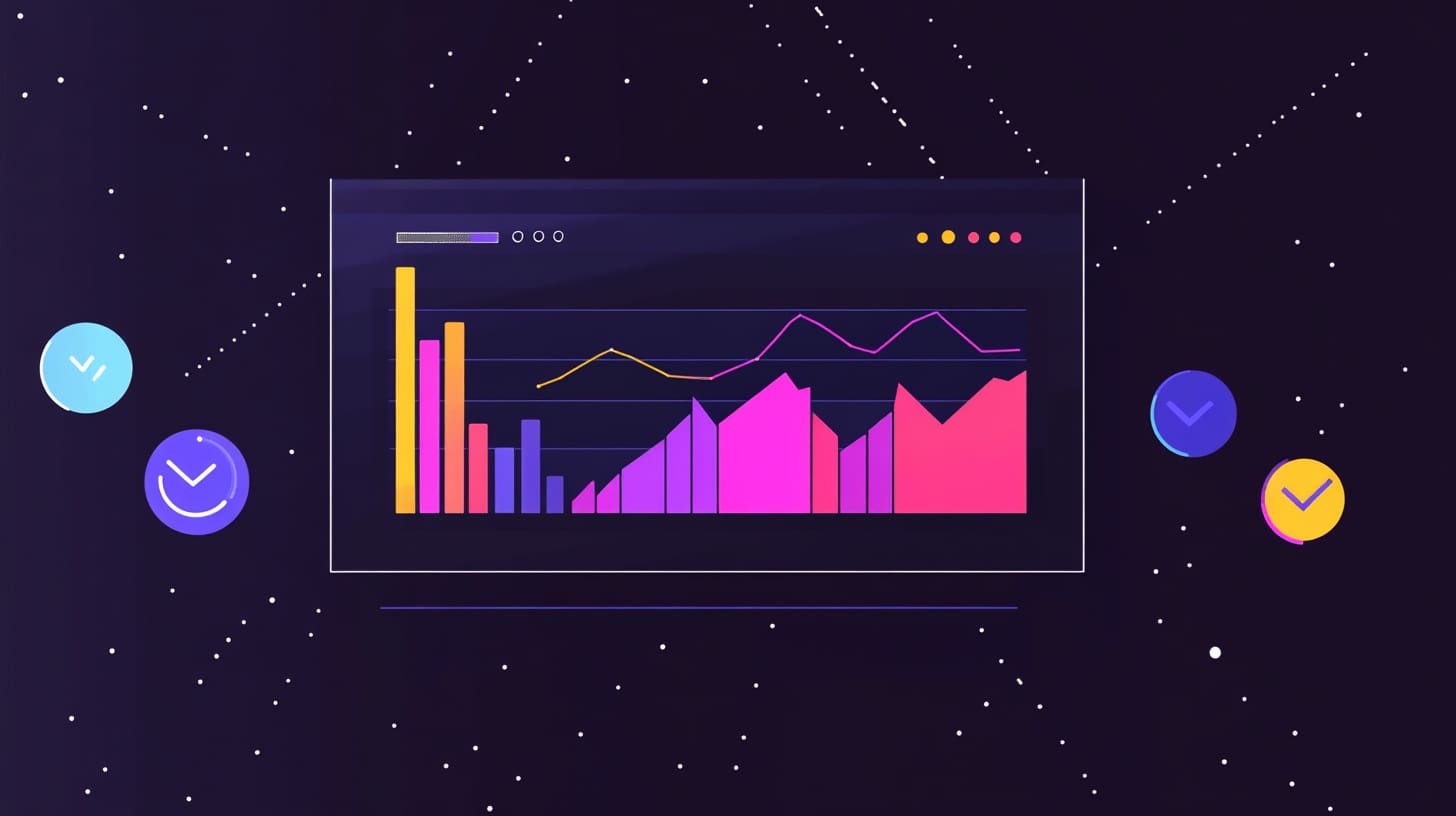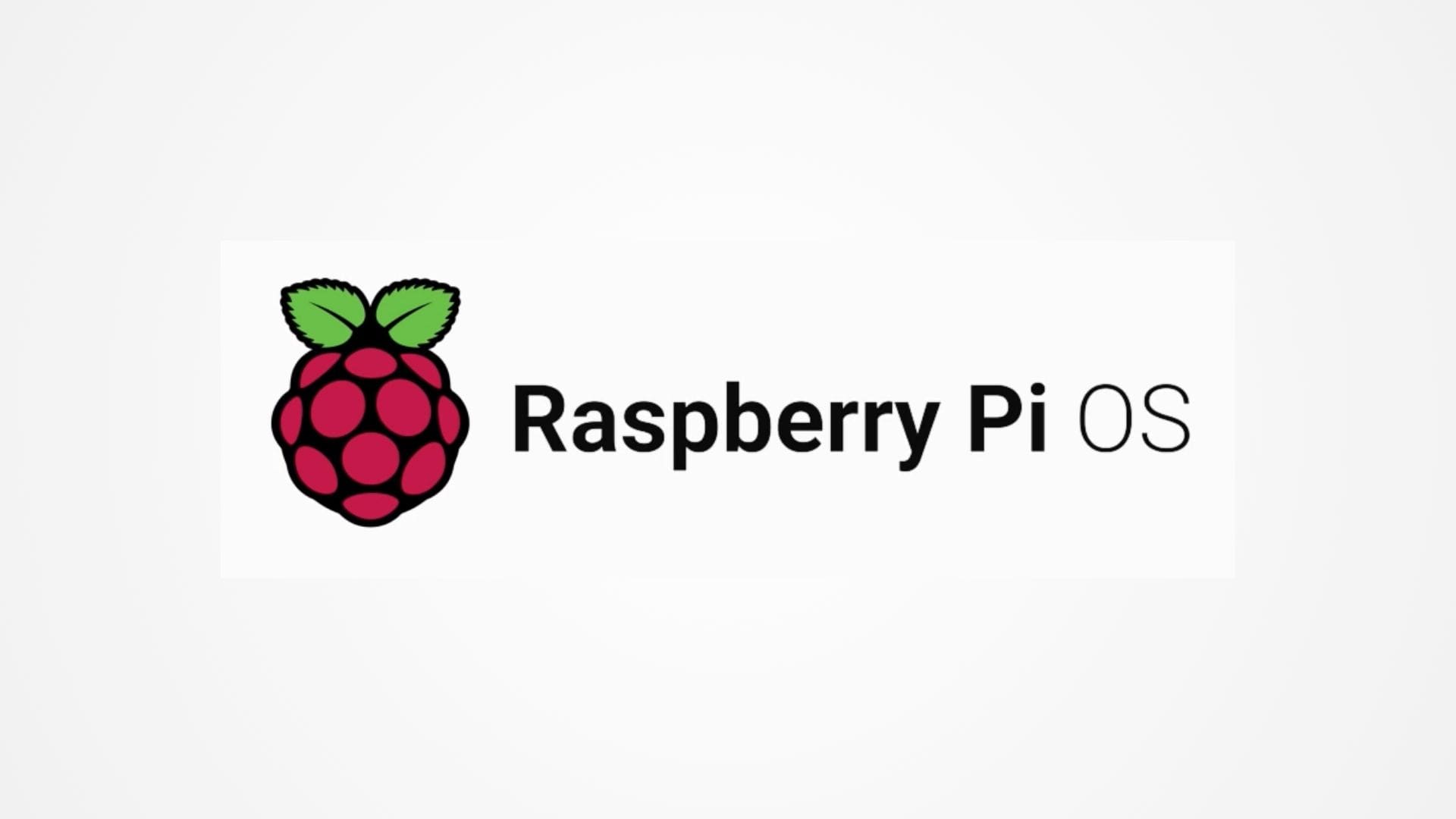Stepper motors are integral components of 3D printers, responsible for the precise movements needed to create detailed and accurate prints. These motors allow for exact positioning and speed control, which are essential for the layered manufacturing process used in 3D printing. In this detailed exploration, we’ll delve into the role of stepper motors in 3D printing, examine different types, and discuss their impact on printer performance and print quality.
Importance of Stepper Motors in 3D Printing
Precision and Accuracy: Stepper motors move in discrete steps, allowing precise control over position. This characteristic is crucial in 3D printing, where the slightest inaccuracy can lead to flaws in the final product.
Speed Control: The ability to adjust the speed of stepper motors is vital for managing the flow rate of the material being deposited and for coordinating the movements of different printer components.
Repeatability: Stepper motors provide reliable and repeatable results, which is essential for 3D printing, where the same motion paths must be followed precisely for potentially hundreds of layers.
Torque at Low Speed: Stepper motors maintain high torque at low speeds, which is particularly beneficial for the slow and controlled extrusion needed in some high-detail print jobs.
Types of Stepper Motors Used in 3D Printers
Bipolar Stepper Motors: Bipolar motors have two coils and require a more complex driving circuit involving an H-bridge to reverse the polarity of the magnetic field. They are commonly used in 3D printers due to their high torque and fine control capabilities.
Unipolar Stepper Motors: Unipolar motors also have two coils but are designed with an additional tap in the center of each coil, which allows them to be driven with simpler electronics. While easier to use, unipolar motors generally provide less torque than bipolar motors.
Key Components of Stepper Motors in 3D Printing
Rotor: The rotating part of the motor, typically containing permanent magnets, which interact with the electromagnetic fields generated by the motor’s stator to cause rotation.
Stator: The stationary part of the motor, equipped with windings. When electric current flows through these windings, it generates a magnetic field that drives the rotor to move in controlled steps.
Driver: The driver controls the current in the motor. For precise control of stepper motors, drivers can adjust the current in steps, which helps in achieving smoother motion and reducing power consumption.
Leadscrew or Belt Drive System: Stepper motors typically connect to either a leadscrew or a belt drive system, which translates the rotational motion of the motor into linear motion used to move the printer’s build platform or extruder.
Integration of Stepper Motors in a 3D Printer
X-Axis Motor: Moves the print head along the horizontal plane from left to right.
Y-Axis Motor: Moves the print head or build platform along the horizontal plane from front to back.
Z-Axis Motor: Moves the print head or build platform vertically, controlling the layer height and stacking of layers.
Extruder Motor: Pushes filament through the hot end where it is melted and deposited. Precision in the extruder motor is crucial for controlling the flow of filament and the quality of the print.
Challenges and Solutions in Stepper Motor Operation
Heat Generation: Stepper motors can generate significant heat, especially when operating at high currents for better torque. Proper heat dissipation techniques, such as using heatsinks or active cooling fans, are essential to prevent performance degradation.
Noise and Vibration: Stepper motors can produce vibrations and noise, particularly at high speeds. Using dampers, adjusting current settings, and opting for microstepping can reduce these effects.
Microstepping: To achieve smoother motor motion and finer resolution in prints, microstepping is used. Microstepping divides each full step into smaller steps, increasing the resolution of motion at the expense of some torque.
Maintenance and Optimization
Regular Lubrication: The mechanical parts connected to stepper motors, such as screws and belts, should be lubricated regularly to maintain smooth operation and prevent wear.
Current Adjustment: Properly setting the current to the stepper motors ensures optimal torque and minimizes heat production. This adjustment should be done based on the motor’s specifications and the printer’s performance requirements.
Firmware Calibration: The printer’s firmware should be calibrated to match the characteristics of the stepper motors, ensuring accuracy in movements and synchronization between different axes.
Stepper motors are fundamental to the functionality and performance of 3D printers, dictating the precision and reliability of the printing process. Understanding the types of stepper motors, their components, and how they integrate into the printer helps in optimizing their operation and maintaining the printer. As 3D printing technology evolves, advancements in stepper motor control and integration will continue to enhance the capabilities and applications of 3D printers.

